North Korea has repeatedly followed U.S. overtures for dialogue with tests of nuclear-capable missiles, a pattern seen during and after President Donald Trump’s direct diplomacy with Kim Jong Un. The launches rattle civilians in South Korea and Japan, complicate commercial aviation and shipping, and underline a broader shift toward more capable, harder-to-intercept weapons in the region.
What Went Down
North Korea has a track record of answering calls for talks with weapons demonstrations. The sequence was stark in late 2019: days before U.S.–North Korea working‐level talks in Stockholm collapsed on October 5, Pyongyang launched a Pukguksong‐3 submarine‐launched ballistic missile (SLBM) on October 2, which Japan’s Ministry of Defense assessed flew roughly 450 kilometers on a steep, “lofted” trajectory to about 900 kilometers in altitude—technology widely viewed by experts as nuclear‐capable. That followed months of short‐range ballistic missile launches after President Trump’s June 30, 2019 DMZ meeting with Kim Jong Un. South Korea’s Joint Chiefs of Staff repeatedly cataloged those flights—often 200–600 kilometers—of KN‐23/KN‐24 class missiles that analysts say are designed to carry either conventional or nuclear warheads.
The pattern persisted in later years. In October 2022, North Korea fired an intermediate‐range ballistic missile over Japan, prompting nationwide mobile alerts; Tokyo said it traveled about 4,600 kilometers at roughly 1,000 kilometers apogee. In 2023, Pyongyang tested the Hwasong‐18, its first solid‐fuel intercontinental ballistic missile, in April and again in July, according to South Korea, Japan, and the U.S. Indo‐Pacific Command. North Korea codified an expanded nuclear doctrine in September 2022, asserting conditions for nuclear use and signaling that even short‐range systems form part of its nuclear posture, according to its own state media.
Why This Matters
These launches aren’t abstract. In Japan, overflights have triggered J‐Alert warnings telling residents to seek shelter; trains and schools have paused operations, and local governments have tested evacuation procedures. Airlines and shippers sometimes reroute to avoid potential hazard zones, adding cost and delay. In South Korea, families living near the Demilitarized Zone watch civil‐defense drills resume and air‐raid shelters checked. U.S. service members and their dependents stationed in Korea and Japan face tighter base security and increased exercises following major tests. Markets don’t crash on every launch, but recurring alerts and military responses add background risk that influences travel, insurance pricing, and business planning.
For communities already managing inflation and post‐pandemic recovery, this kind of uncertainty—plus the real, if low‐probability, danger of miscalculation—has a way of seeping into daily life. The strategic logic and the limits of pressure North Korea’s timing serves leverage. Whether after President Trump’s public invitations to talk or subsequent calls by Washington and Seoul for “talks without preconditions,” Pyongyang has often chosen to display new capabilities before, during, or after diplomatic openings. The message: negotiations must account for a more survivable and diverse arsenal. Solid‐fuel ICBMs shorten launch preparation and complicate detection. SLBMs, if operationalized, would add a second leg to the deterrent.
Short‐range systems like the KN‐23 fly on depressed, maneuvering trajectories designed to stress missile defenses. All are subject to U.N. Security Council resolutions banning such launches, but since 2022 the Council has been split, with China and Russia opposing new sanctions, limiting international enforcement options. For Washington, Seoul, and Tokyo, the response has been tighter trilateral coordination. The three agreed at the August 2023 Camp David summit to real‐time missile warning data‐sharing, regular joint drills, and more visible U.S. “strategic asset” deployments.
South Korea and Japan have expanded missile defense cooperation while improving their own strike options. That raises deterrence but also increases the number of moving parts at moments of crisis. What to watch next - Capability milestones: Additional tests of the Hwasong‐18 or new SLBMs, and any moves to disperse or field them operationally. North Korea often clusters launches around key political anniversaries such as April 15 (Kim Il Sung’s birthday) and October 10 (Workers’ Party founding).
Space and surveillance
Further satellite activity after North Korea’s November 2023 military reconnaissance satellite launch, which Pyongyang claims improved targeting. Space launches use ballistic missile technology and are banned by U.N. resolutions. - Regional diplomacy and arms links: The U.S., South Korea, and allies say North Korea has transferred munitions to Russia for use in Ukraine; any expansion of that pipeline could bring additional sanctions designations and technology flows in return that accelerate Pyongyang’s programs.
Civil preparedness
Japan’s continued refinement of J‐Alert coverage and shelter guidance, South Korea’s civil‐defense drills, and any changes to commercial air and maritime advisories in the region. The bottom line: when Washington signals openness to talks, Pyongyang often stages missile tests to set the terms. That’s not new—it’s how North Korea has negotiated for years. The practical effect is felt first by nearby communities living with sirens and shelter drills, even as the strategic balance inches toward more capable, harder‐to‐stop systems.

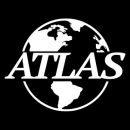
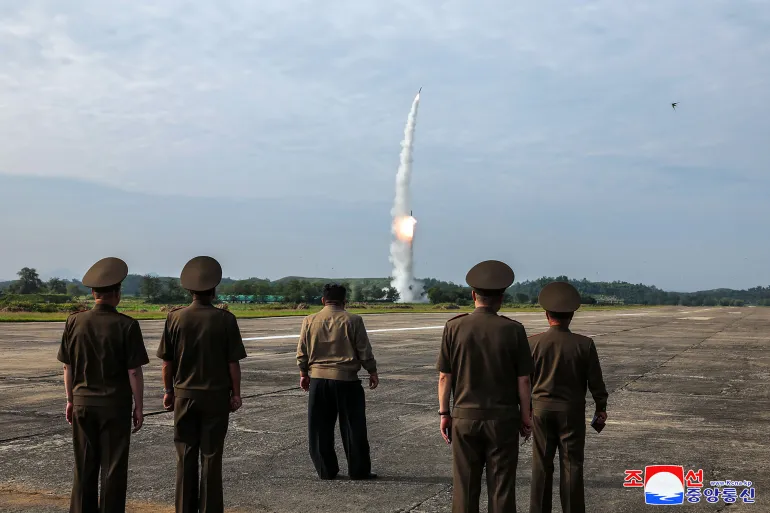

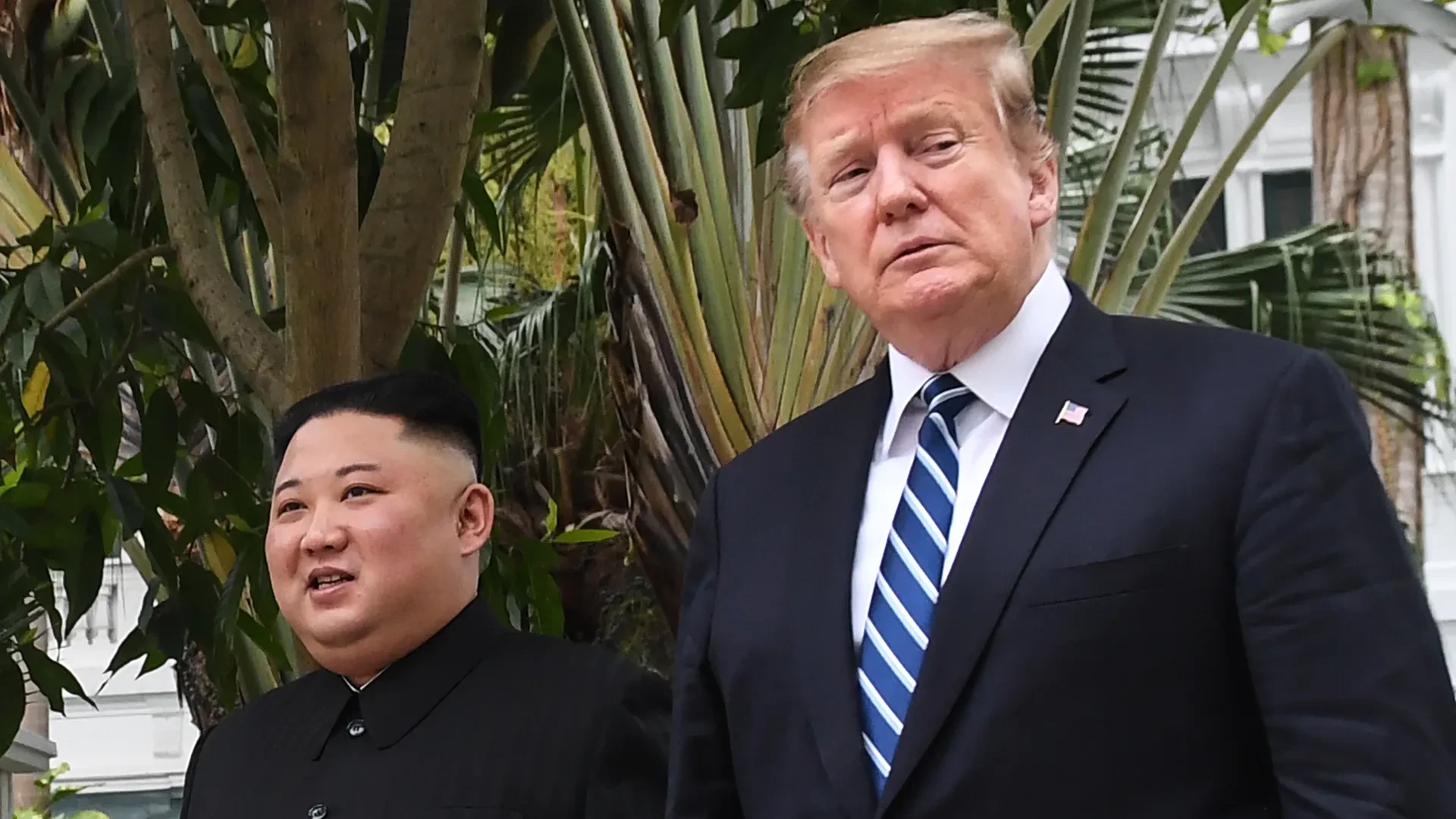

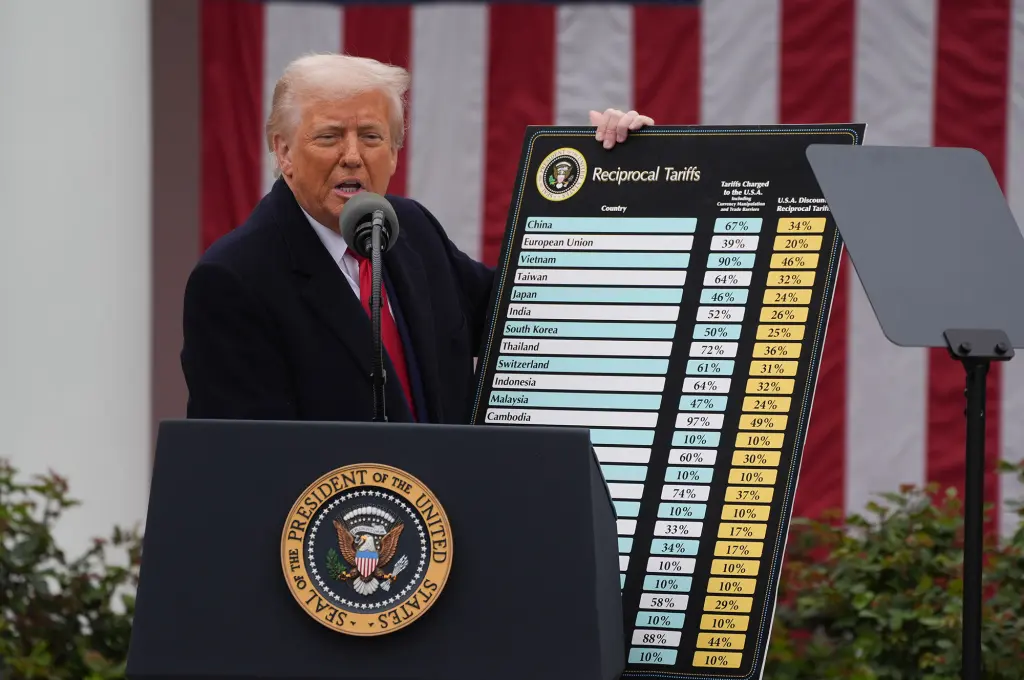

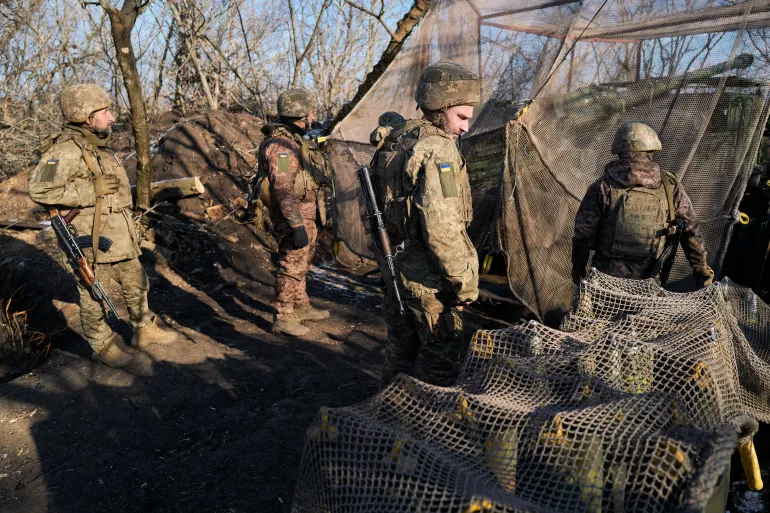



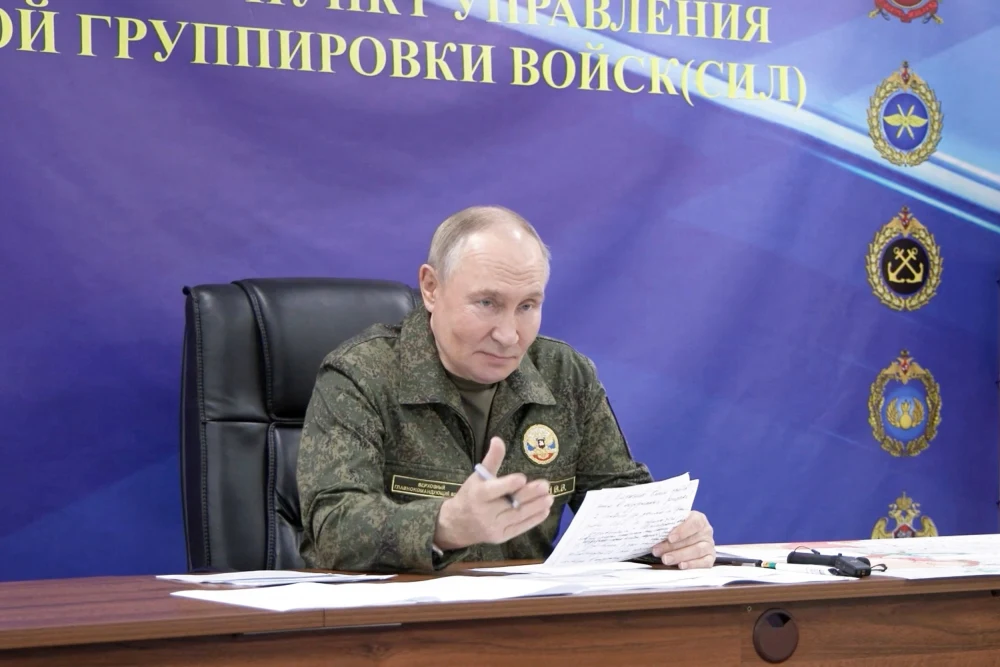

Discussion